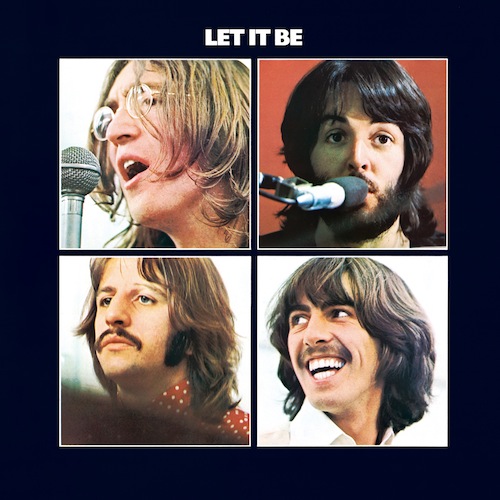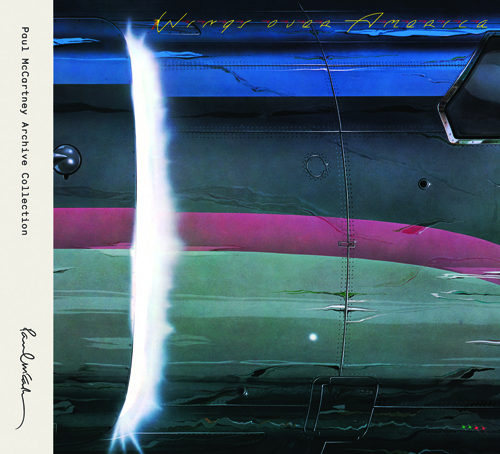Late nights on Abbey Road
By NICK TAVARES
STATIC and FEEDBACK Editor

As I write this (at least the first draft), I’m sitting with my headphones on, chair pulled up alongside the record player and the shelving and all the albums contained therein, with the anniversary edition of Abbey Road spinning. And like a lot of moments with the Beatles, late nights alone with the music seem to stir up memories, emotions and prior editions of this record that I’d otherwise put on the shelf.
In addition to being one of the greatest musical statements of the 20th century whose reputation doesn’t depend on these musings, it was a major album in my own development. It was the second (or co-first) CD I ever bought, picked up on the same day as Unplugged by Alice in Chains, on the recommendation of my dad. I knew the Beatles fairly well at that point — I’d been listening to the 1962-1966 compilation on a double-cassette since the second grade, with another two-volume collection, Rock ‘n’ Roll Music, filling in the rest. That’s a good cross-section of Beatles material, but none of the music on Abbey Road was anywhere to be found on those.
So this was not just my first exposure to a proper Beatles album, but perhaps the first time I sat down and truly studied an album that was so focused, programmed and dedicated to the notion that the LP is an artistic statement within itself. The songs should support each other and cohere into a unified mantra. I’d never had such a clear example of that before Abbey Road, and there still aren’t many that I’ve heard that hang together as well.
And if I can’t give a date and time, I can paint the picture of the first time I listened to this album pretty well. I’m sitting on my bed with my free-standing boombox sitting above my head, the CD spinning wildly in its little compartment while I read along with any liner notes that might have been present. In this case, I didn’t get much — just the songs, their writing credits in italics beneath those, a thanks section, an explanation of the Compact Disc’s superior, convenient sound reproduction, the end. Remember, the Beatles lagged in getting a fitting digital representation of their music. There was no posthumous essay or additional photos to pad the product, just the music dubbed from an inferior source and as little information to illuminate them as necessary.
Even with all that, this immediately felt different and impactful — the opening stammer of “Come Together” was something new. I was obviously aware that the Beatles could occasionally get weird and didn’t fit in one box, but I’d missed this one on classic rock radio. It just sounded so different from everything else, at once utterly brilliant and baffling. The way Ringo’s drums seemed to be falling down the stairs in the opposite direction from the bass line still makes me smile and shake my head.
The closing drone jam on “I Want You (She’s So Heavy)” is as wild and heavy and menacing as anything Led Zeppelin or The Who would have conjured at that time, if not moreso. Which was the point, I’m sure — at no time during their recording life were the Beatles not at the edge of the vanguard, and so far out beyond their peers were they, that they remain on the edge today. That repeating guitar riff locks in and builds, riding harder and louder while the bass and drums go wild underneath. To have it all cut off so drastically as the air and white noise blares on will forever remain a jarring experience.
The final songs were so confusing at first. I was listening along, mentally ticking off songs as I took it in, and “Because” began to throw that for a loop. “You Never Give Me Your Money” felt like it had its feet planed back on earth, but it then slipped quickly into “Sun King” as if the gap function on the CD player had malfunctioned. On and on it went, these little songs that couldn’t be separated from their greater sum, all fragments of moods and emotions colliding with each other to create this bizarre little journey until, finally, it all culminates on “The End,” this catharsis and grand coda that suddenly made the previous 15 minutes make much more sense. This was an album that would never be served by the “random” button on the front of the boom box. This was something else entirely, a being unlike any in my possession then — or now, honestly.
I didn’t listen to this version right away (remixed by Giles Martin in 2019), but I was expecting a radical, Love-like departure from the original album, and came away pleasantly surprised and more than impressed with the new edit. Listening through, I don’t feel as though anything has been lost, only gained — Billy Preston’s organ is more prominent in the breaks of “I Want You” while vocals, guitars and bass lines are clearer throughout. The way the guitar solos on “The End” get their own space in the stereo picture is fun, and Paul McCartney seems to glide more smoothly from one ear to the other over the course of “Her Majesty.” The biggest difference were in the addition of some shouts and voices towards the end of “Come Together,” when all that madness begins to fold in on itself on its way to the fade.
Oh, and the initial recommendation for this album? It didn’t come off the back of the heavy drone of “I Want You” or the stuttering shuffle of “Come Together” or the grand medley to cap their career. It was “Oh! Darling,” McCartney’s ode to the blazing soul ballads of the 1950s, when the early rock and rollers would reach back and touch the last soul in the last row of the ballroom. Looking back, that could have (or perhaps should have) wound up on the Rock 'n' Roll Music compilations, maybe right after “Dizzy Miss Lizzy.”
All the same, better still that it was steered clear of the compilations. Because of my dad’s preference for the early Beatles and a random lack of exposure, I was given a clear ramp to experience this album as an entirely new collection in my bedroom that fall of 1996. With “Her Majesty” revealed on the tracklist on the back of the CD jewel case, but with hardly any other information, I took a blind stroll down Abbey Road, studying the four Beatles stepping across the street on the front and the blue dress in a blur on the back. I listened with equal seriousness to “Maxwell’s Silver Hammer” and Octopus’s Garden” as I did “Here Comes the Sun” and “Golden Slumbers.”
And nearly a quarter century later, I’m still here. I still stay up too late on the weekends, working to contort myself into the most comfortable position possible to listen to all this music as much as I can. And I’m still staring at the album artwork, imagining how these guys were able to pull this last moment of brilliance out of the air before going their separate ways.
Oct. 25, 2020
Email Nick Tavares at nick@staticandfeedback.com















